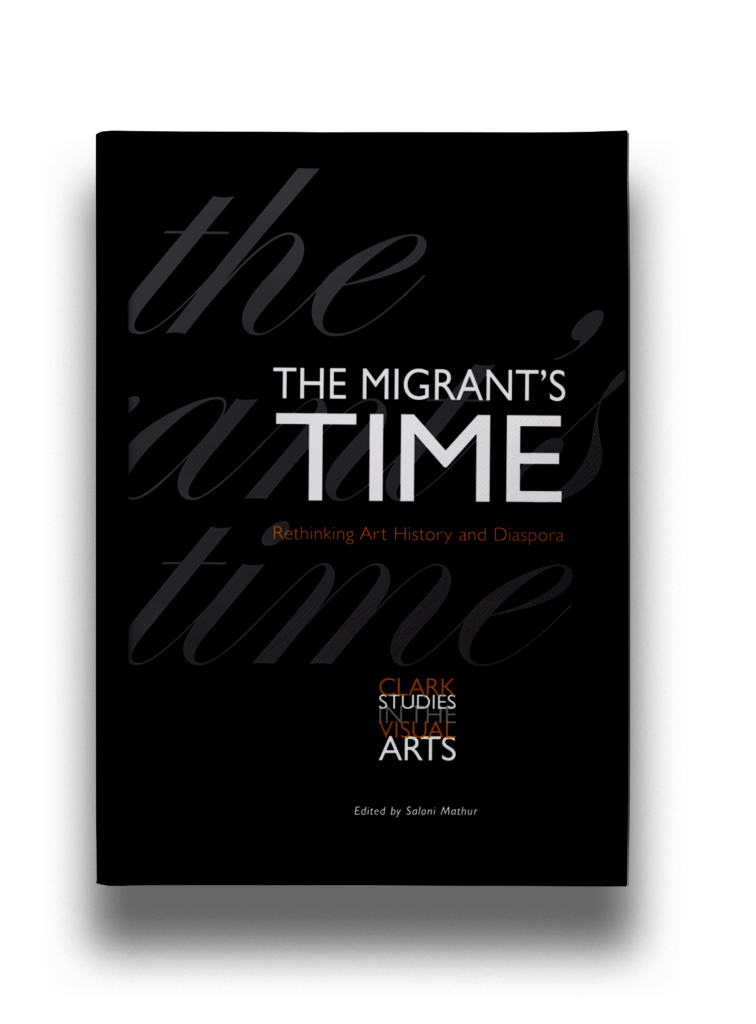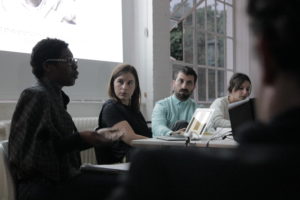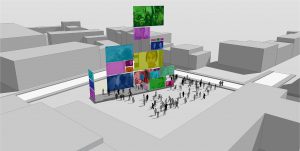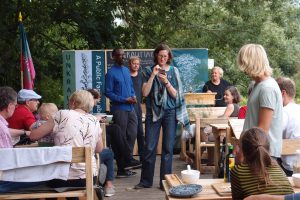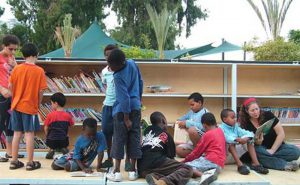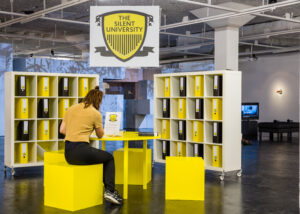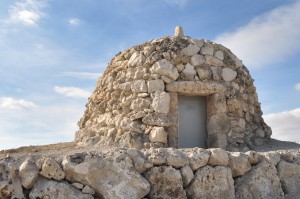Year
2011
Publisher
Clark Art Institute for Clark Studies in the Visual Arts
Author
Saloni Mathur
Annotation
I consider this book to be part of my starting point with regard to socially engaged art. Although it dates back ten years and is consequently far from ‘moving with the times’, I think it constitutes one of the building blocks of my guideline. From the intro: ‘In the last few years, not only has the theme of migration increasingly emerged as a dominant subject matter of art, but the varied mobilities of our contemporary world have radically reshaped art’s conditions of production, reception and display. In the fourteen essays composing the volume, the notion of migration resonates with a variety of other categories and concepts that float around discussions of culture that are international in spirit: diaspora, exile, globalization, hybridity, migration, mobility, multiculturalism, transnationalism, the nomad. The book seeks to critically explore the increasing universality of the conditions of global migration and interdependence, and examine the relationships of art practice, art history and art criticism to this normative reality, past and present. How have experiences of migration and mobility found expression in the artistic and critical practices of the visual arts, and how do we grasp the new cultural assemblage generated by the conditions of relentless human mobility in the present?’
Beatrice Galluzzo
The word in language is half someone else’s. It becomes one’s own only when the speaker populates it with his own intention, his own accent, when he appropriates the word, adapting it to his own semantic and expressive intention. Prior to this moment of appropriation, the word does not exist in a neutral or impersonal language, but rather it exists in other people’s mouths, in other people’s contexts, serving other people’s intentions: it is from there that one must take the word and make it one’s own.
